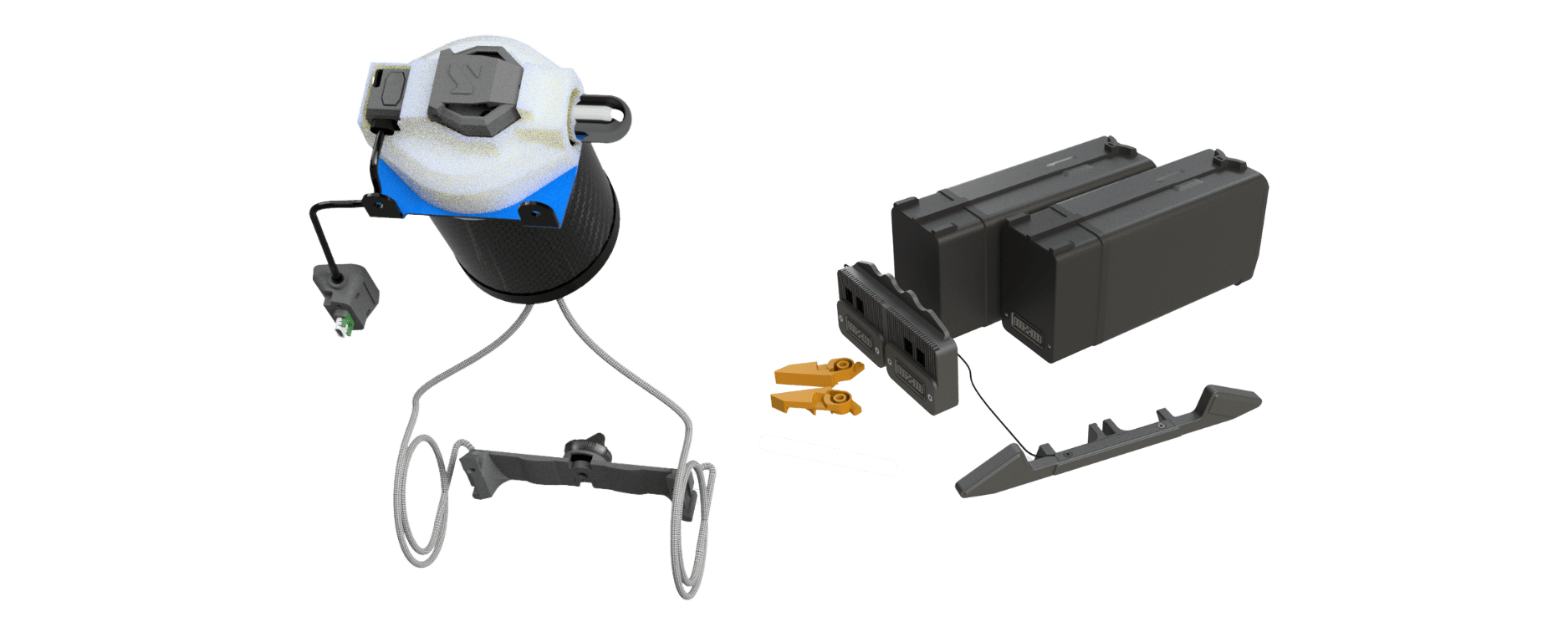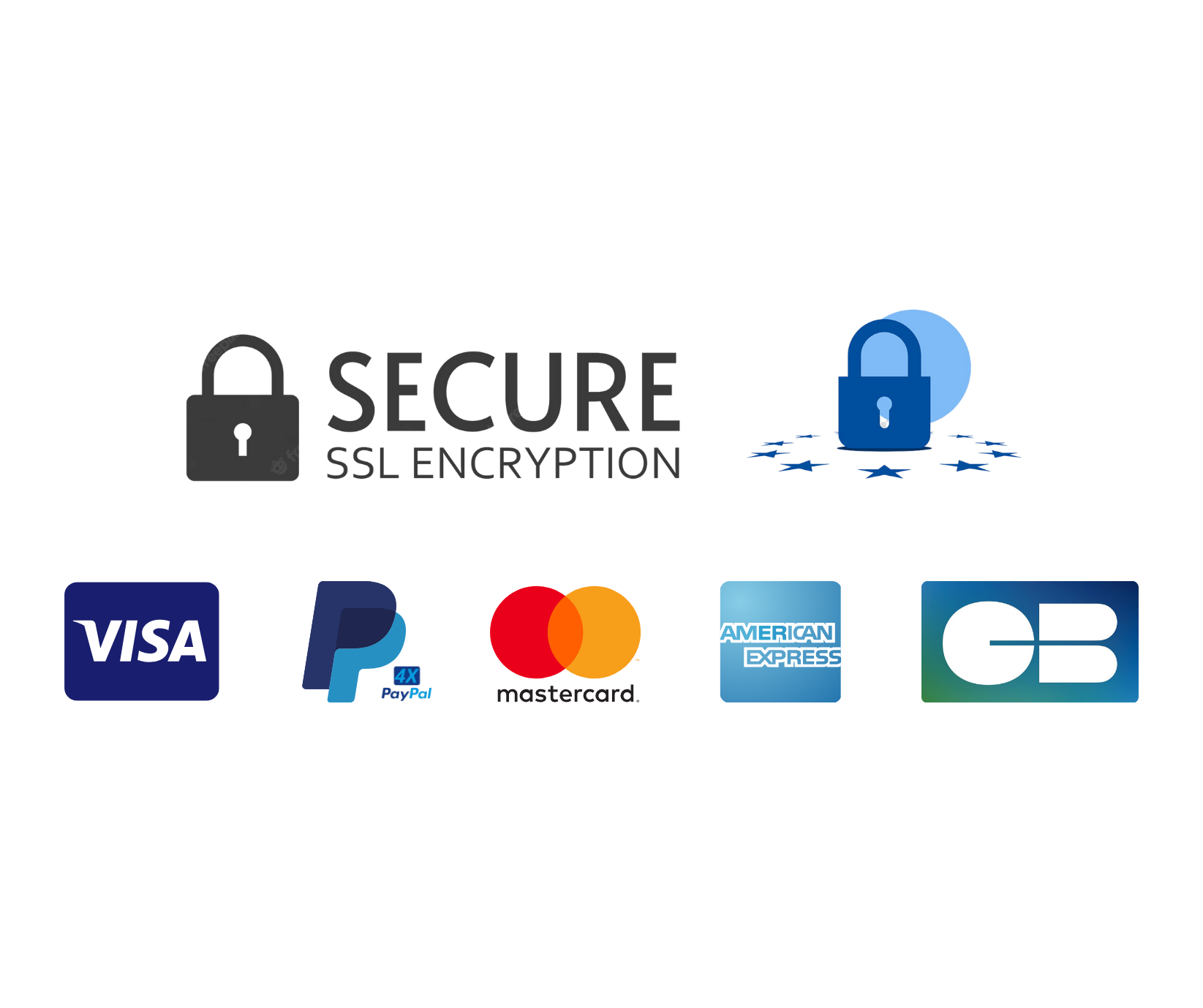KRONOS M30

2749,17 € excl. VAT

EASA COMPLIANCE
Obtain C5 class & MOC2512 (M2) / MOC2511 for your DJI Matrice 30.
C5 Conversion Kit
MOC2511 External Flight Termination System
MOC2512 (M2) Parachute Recovery System
Compliance documents
Matrice 30 (30 / 30T) - Declaration of Conformity
be ready to fly fast
Kronos M30 Parachute Recovery System (PRS) can be installed and uninstalled in less than 2 minute. Dronavia provides video installation tutorials as well as a user & instruction manual to make it easy to get started.
STAY FOCUS ON YOUR JOB
To reduce activation time and increase the chances of avoiding a crash and accident, Kronos Parachute Recovery Systems (PRS) incorporate an autonomous deploiement technology. This module triggers the parachute in less than 0.27 seconds, compared with around 3 seconds for a human trigger. Stay one step ahead and fully focused on your flying missions.
More Ground Safety
Kronos M30 Parachute Recovery System automatically locks below 20 m to prevent ineffective or accidental deployment, ensuring optimal safety and system effectiveness.
Fully plug-and-play
The C5 Kronos M30 conversion kit is fully plug-and-play, requiring no workshop intervention for Flight Termination System installation. Similar to the Parachute Recovery System, the Kronos M30 Flight Termination System can be rapidly deployed by the drone operator in just a few minutes, with no specialized tools or technical expertise needed.
Autonomous deployment
Ultra-fast installation
Upgrade DJI Matrice 30 from C2 to C5 (EASA)
Autonomous deployment system
Equipped with new autonomous deployment technology (mandatory for MOC 2512 (M2) compliance), Kronos PRS and FTS activate automatically in less than 0.27 seconds in the event of a problem. This is a significant reduction compared with the average human time of 3 seconds, and also enables a considerable reduction in the drone’s impact energy.
A soft & controlled landing
The new PARA² canopies used in Kronos parachute systems are the result of 3 years of development. Their innovative, ultra-light design and unique construction give PARA² canopies superior efficiency and stability.
The fall rate is minimised in relation to the canopy surface. Each Kronos parachute is designed so that the canopy(s) keep the drone as flat as possible during its fall in order to minimise damage on impact.
Black box for analysing flight logs
A time-stamped log system is built into the Kronos M30 parachute. It records the triggering actions performed by the user for diagnostic purposes. These logs can be analysed by Dronavia and sent on request.
EASA MOC2512 (M2) Compliance
EASA has published a new proposed means of compliance for systems installed on drones to reduce ground impact in the event of a crash. The document is aimed at drone operators who are considering fitting a drone with a parachute or demonstrating that the drone has a feature that reduces its impact energy in the event of a crash. The document is also intended for drone manufacturers and manufacturers of mitigation systems (parachute recovery systems).
The MOC 2512 (M2) designates the level of robustness required for the safety system in the event of the drone losing control and falling to the ground.
Depending on the level of robustness, a correction value can reduce or increase the GRC. The more effective the measures, the higher the correction value and the lower the GRC. If the final GRC is greater than 7, it is not possible to request a SORA.
The assessment of the ground risk class (GRC) is covered by stages 2 and 3 of the SORA. The first step covers the definition of the intrinsic GRC, which is the initial level of ground risk, while the second covers the mitigation measures that can be applied to reduce the risk and achieve the final GRC.
EASA MOC2511 compliance
Dronavia is proud to be the first manufacturer to provide a system that is compliant with the MOC Light-UAS.2511 published by EASA, an essential compliance in the development of a SORA. This essential compliance in the development of a SORA (Special Operations Risk Assessment) ensures that our customers have the best risk management and safety measures for their special operations, while staying ahead of future European standards. The MOC 2511 is sufficient to meet the requirements of Part 9.
DJI warranty retained
You retain your DJI warranty when you upgrade your drone from class C2 to class C5. To do this, simply dismantle the entire C5 conversion kit (PRS + FTS) before sending your drone to DJI under warranty.
C5 Conversion Kit
To obtain C5 class label for your C2 class drone (DJI Matrice 30), the operator doesn’t need to install an accessory kit directly on his drone, but to convert it from C2 to C5 class.
Equipped with our PRS + FTS conversion kit (PRS-FTS-MOC Kronos AD Matrice 30), the DJI Matrice 30 drone becomes a Kronos AD Matrice 30 drone.
To achieve C5 conformity, Dronavia started from scratch, checking all the requirements of class C5 for the drone + PRS + External FTS package (unlike an accessory kit, for which it is sufficient to check the requirements for the accessory kit alone).
POD system
Resetting your Kronos M30 Parachute Recovery System takes just a few minutes. All you have to do is replace your triggered pod with a new one, and then carry out a few simple maintenance operations yourself, as explained and detailed in the parachute user manual.
You can either buy a new POD or exchange your deployed POD for a new one at a special price.
Long range with Klick system
The range between the Klick trigger remote control and the PRS / FTS, allowing manual activation of Dronavia systems, can be up to 1.5km, in optimal conditions and in an unobstructed, interference-free environment.
Dronavia offers a ‘Klick Ultra’ option for a range of up to 5 kilometres under optimum conditions in an unobstructed, interference-free environment.
Secure transmission with Klick system
The communication system between the triggering remote control and the PRS / FTS is based on advanced technology and LoRa modulation.
The communication protocol is based on the 869 MHz frequencies, which are free of authorisation (433 and 915 MHz options available). A 128-bit encryption ensures that the data is not intercepted and the user is warned if the communication is disturbed.




